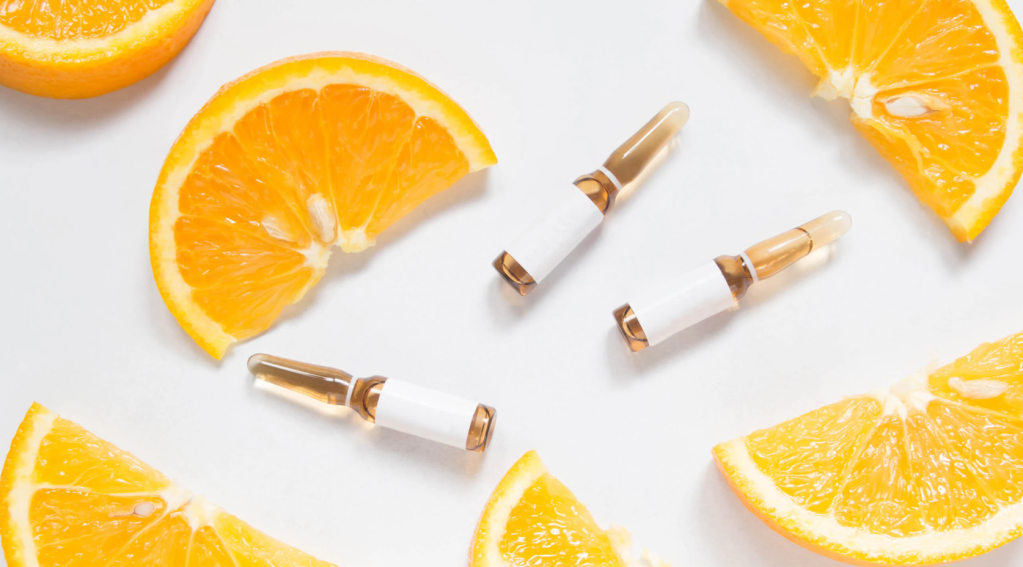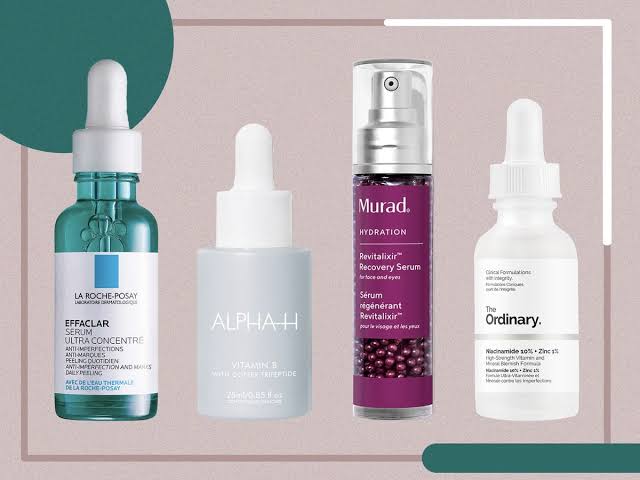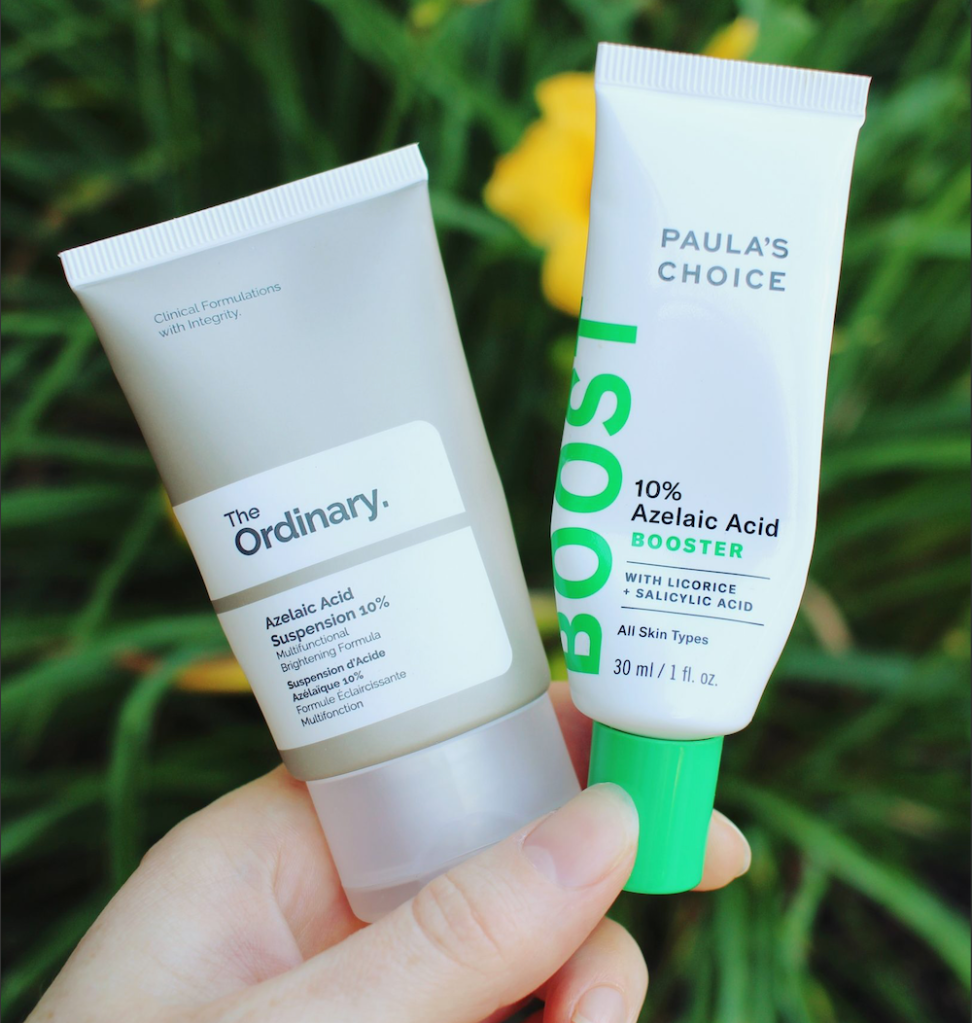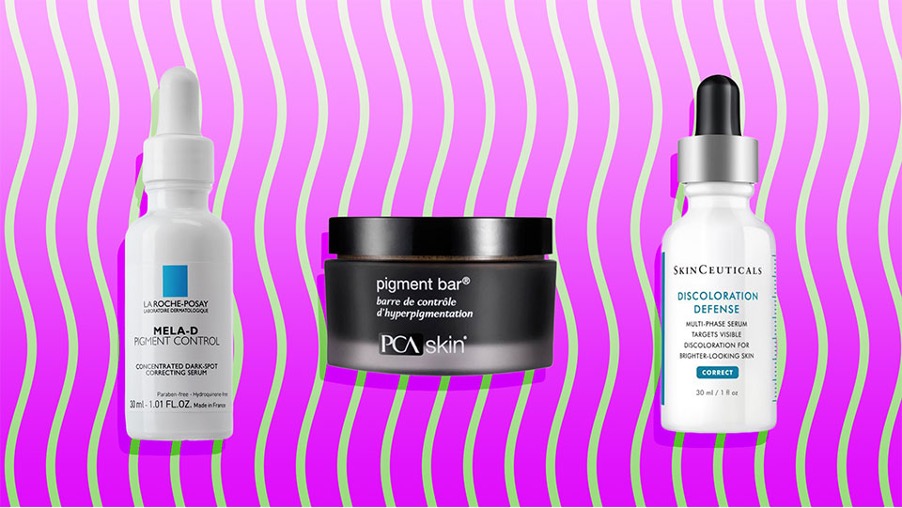
Have you ever had a terrible breakout that eventually clears, but then you are left behind with these brown or pink spots where your breakout once was? The breakout had already been stressful enough and now you have to deal with the aftermath too? The struggle is too real!
Ok, so first things first, what is Hyperpigmentation? Well, we all have pigment within our skin and in fact, it is responsible for our skin colour. The pigment that we have in our skin is called melanin, and it is produced by these cells called melanocytes that reside in the layer of basal cells which are at the deepest parts of the epidermis (first layer of your skin). Darkening of skin can occur when there is an excess amount of melanin being produced by these melanocytes. Hyperpigmentation can occur on any skin type; however, darker complexions (Fitzpatrick skin type III-IV) tend to be more prone, due to there being more melanin within the skin (Elbuluk et al., 2021).
Click here to find out your Fitzpatrick skin type:

These spots that are left behind by acne are commonly referred to as post-inflammatory hyperpigmentation (PIH). Acne induced PIH is a very commonly acquired pigmentary disorder that causes temporary discolouration of the skin. PIH is often a result of inflammation or trauma to the skin, and the more inflammation there is, the more likely it is you’ll experience some degree of PIH. This is why it’s so important to remember not to pick your skin!
What happens when there is inflammation present, is that there is a release of inflammatory mediators as well as reactive oxygen species (ROS) that can stimulate melanocytic activity (Davis & Callender, 2010). Inflammation-induced damage to the epidermis stimulates the melanocytes to increase the melanin synthesis, which ultimately leads to an overproduction of melanin and the excess transfer/ deposition of melanin to the surrounding keratinocytes (skin cells found in epidermis).
PIH is typically characterised by flat discoloured lesions that are located at the site of initial inflammation and may become darker if they are exposed to sunlight (UV radiation). Remember that time heals all! The body can resolve PIH on its own but there are things we can do to speed up the process. Epidermal dermal pigmentation usually appears brown to dark down with more defined edges and can take up to 3 months to a year to resolve without treatment. Whilst pigment within the dermis (deeper layer of skin) has a blue-grey appearance, that can be harder to treat and may resolve over a prolonged period of time (Lawrence & Al Abou, 2020).

As our skin begins to heal, melanosomes that store and transport melanin are taken up by the keratinocytes and they move upwards towards the surface and shed off through the skins natural turnover process (Nieuweboer-Krobotova, 2013). Some of the ways we can assist our skins turnover process and lighten pigment is by using your actives and tyrosinase/ pigment inhibitors!

Vitamin C:
- One of the most potent brightening products that can help fade pigmentation and promote collagen production.
- It inhibits the enzyme tyrosinase, which is the main enzyme responsible for the conversion of tyrosine into melanin – thereby decreasing melanin formation (Al-Niaimi & Chiang, 2017).
- It protects the skin from reactive Oxygen species (ROS) and can help aid with reducing signs of aging. A build-up of ROS in cells may cause underlying damage to DNA, RNA and proteins leading to cell death. ROS can cause oxidative stress on the skin which is a catalyst for accelerating ageing.
- Improves barrier function and epidermal hydration by enhancing ceramide production.
- Protects dermal tissue against UVR exposure, therefore applying Vitamin C throughout the day is best.
- For oily or normal skin, L-ascorbic acid is the most potent form that is bioavailable in the skin. For dry and sensitive skin magnesium ascorbyl phosphate, a water-soluble vitamin C, can be less irritatin

Niacinamide (Vitamin B3):
- Niacinamide can interfere with the melanosome (melanin) transfer from the melanocytes to the keratinocytes – thereby inhibiting melanin formation (Sarkar et al., 2013).
- Improves barrier function. Increases synthesis of ceramides and reduces Trans-epidermal water loss (TEWL) in the skin.
- Anti-pruritic and anti-inflammatory properties – Beneficial for inflammatory forms of acne.
- Protects against oxidative environmental stressors such as UVR exposure, pollution, and toxins.

Azelic Acid:
- Tyrosinase inhibitors that work to prevent pigmentation from occurring (Davis & Callender, 2010)
- Anti-Inflammatory properties making it a great acne treatment and helps reduce Post inflammatory erythema (PIE).
- Gently encourages the cellular turnover process so that the skin can heal more quickly, and scarring is minimised.

Kojic Acid:
- Blocks the enzyme tyrosinase, in turn inhibiting the production of excess pigment and helps to fade dark marks left from acne scarring. It can also help to fade sunspots and photodamage (Davis & Callender, 2010).
- Antioxidant properties that scavenge for skin damaging free radicals caused by UVR damage and pollution.
- Studies show that kojic acid works well with glycolic acid and hydroquinone to enhance its efficiency (Davis & Callender, 2010).
*While it does have a synergistic effect when used with other brightening products, it can also increase the possibility of dryness or irritation. It is advised to gradually bring this into your routine. Giving your skin time to adjust.
Hydroquinone:
- One of the most effective treatments for lightening hyperpigmentation, it acts as a skin depigmenting agent by inhibiting melanin synthesis. It specifically inhibits the enzymatic conversion of tyrosine to DOPA (dihydroxyphenylalanine), decreasing the transfer of melanin (Davis & Callender, 2010).
- Hydroquinone is available in 2% over the counter or 4% prescribed.
- Best to apply at night-time due to treated areas of skin being more sensitive to sun exposure. Advised to use with a SPF when outdoors.
- Combination of other agents such as retinoids, antioxidants, glycolic acid and corticosteroids can help to increase efficiency.
- Not suitable for those with sensitive skin, pregnant or are breast-feeding.
Let me know what products you use down below!


